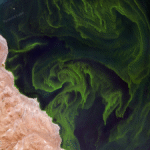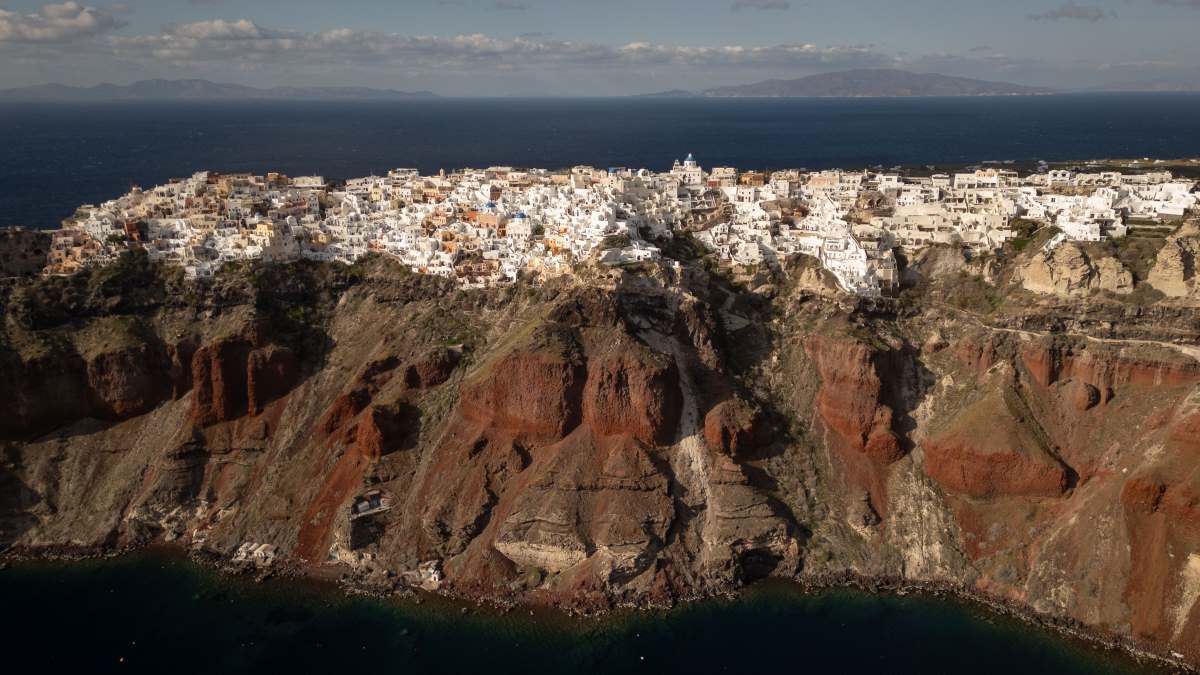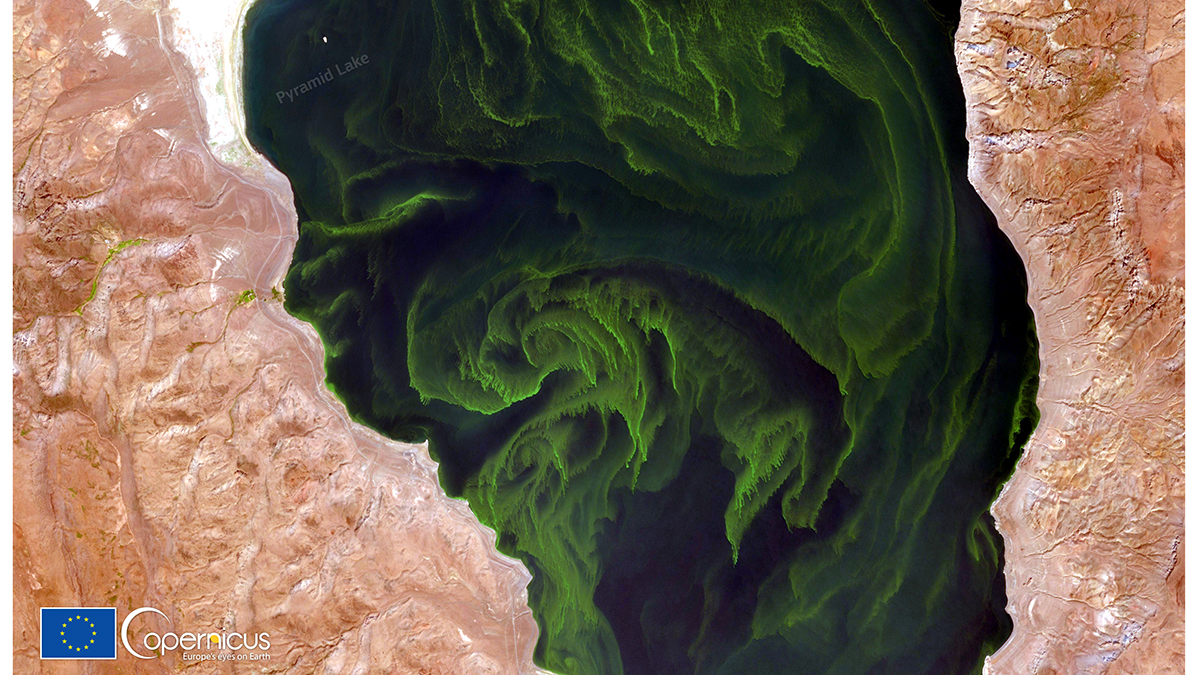Earlier this year, more than 28,000 earthquakes hit the Greek island of Santorini in a crisis that lasted from late January to March.
Now, geological analysis reveals that the swarm was caused by about 300 million cubic meters of magma, which rose from about 18 kilometers deep in the crust to a shallow reservoir about 4 kilometers below the seafloor.
Dr. Marius Isken, a geophysicist at Germany’s GFZ Helmholtz Center for Geosciences and one of the study’s lead authors, says the seismic activity was typical of magma rising through the Earth’s crust.
“Migratory magma breaks down rock and forms paths, causing intense seismic activity. Our analysis allowed us to trace the path and dynamics of the magma’s rise with a high degree of precision.”
Isken and his collaborators combined data from seismic stations on Santorini and nearby islands, and instruments from the ocean floor at the Kolumbo underwater volcano, 7 km away, to reconstruct magma migration before and during the swarm.
They found that the magma initially rose into a shallow reservoir beneath the island in July 2024, raising the land only a few centimeters. The source of the magma was the mid-crustal deposit beneath neighboring Kolumbo, indicating a previously unknown link between the volcanoes.
“Although the highly explosive Santorini and Kolumbo volcanoes in the Greek Aegean Sea are only 7 km apart, their potentially coupled deep magmatic feeder systems are poorly understood,” the authors write.
“The 2025 Santorini volcano-tectonic crisis simultaneously affected both volcanic centers, providing insights into a complex multiple storage feeding system.”
Dr. Jens Karstens, marine geophysicist at the Helmholtz Center for Ocean Research in Kiel (GEOMAR) and co-lead author of the study, adds: “We were able to follow the development of the seismic crisis almost in real time and even learn something about the interaction between the two volcanoes. This will help us to improve the monitoring of both volcanoes in the future.”
He investigation is published in the magazine Nature.
#origin #Santorini #seismic #swarm #surface










